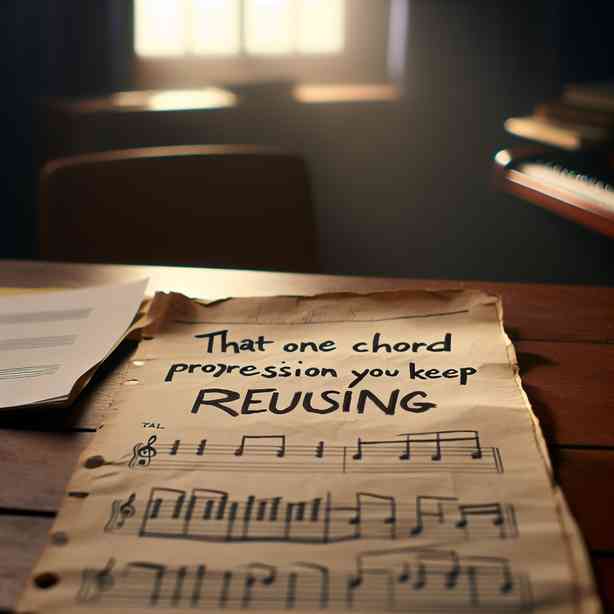
In the world of music, certain chord progressions have a way of capturing our emotions and sticking in our minds. One such progression that has been adopted and reused across countless genres and styles is the I–V–vi–IV progression. This combination of chords has not only stood the test of time but also illustrates the universal appeal of a well-crafted musical idea.
The I–V–vi–IV progression is made up of four chords rooted in the major scale. For instance, in the key of C major, these chords translate to C (I), G (V), A minor (vi), and F (IV). This simple yet effective combination has become the backbone of many popular songs, ranging from classic hits to contemporary chart-toppers. The reasons behind its widespread use are multifaceted, encompassing emotional resonance, musical tension, and cultural familiarity.
The emotional power of the I–V–vi–IV progression cannot be understated. Each chord brings a distinct emotional quality to the progression. The tonic (I) establishes a sense of home and stability, while the dominant (V) introduces tension that yearns to resolve. The minor chord (vi) adds a touch of melancholy, contrasting with the brightness of the major chords. Finally, the subdominant (IV) provides a sense of movement and transition, guiding the listener back to the tonic. This interplay of emotions helps explain why so many artists find themselves drawn to this chord combination; it mirrors the complexities of human experience.
As we delve deeper into the mechanics of this progression, it becomes clear that it functions beautifully within the framework of music theory. The tension and resolution created by the movement between these chords adhere to fundamental principles of music composition. For example, the dominant chord (V) naturally leads back to the tonic (I), providing a satisfying sense of closure. In the context of popular music, this creates a cycle of tension and release that keeps listeners engaged and emotionally invested.
Interestingly, the I–V–vi–IV progression is versatile enough to transcend musical genres. Whether it’s a pop anthem, a rock ballad, or a folk tune, this chord sequence can be adapted to suit various styles. Popular examples span across decades, from the iconic “With or Without You” by U2 to “Someone Like You” by Adele and “Let It Be” by The Beatles. The ability of this progression to evoke strong feelings and memories has cemented its place in the annals of music history.
While it might seem that the repetitive use of this chord progression could lead to musical stagnation, the reality is quite the opposite. Artists have continuously found innovative ways to reinterpret and infuse their unique identities into this familiar framework. By altering rhythm, tempo, instrumentation, and lyrical content, musicians can breathe new life into the I–V–vi–IV progression, allowing it to evolve while maintaining its core emotional impact.
Moreover, the cultural context surrounding the I–V–vi–IV progression contributes greatly to its prevalence. As music consumption has expanded through digital platforms, listeners worldwide have been exposed to an array of genres and styles that incorporate this progression. In addition, the accessibility of music production technology has empowered aspiring musicians to experiment with these chords, reinforcing their continued popularity in contemporary songwriting.
As we explore the future of music, one might wonder if the I–V–vi–IV progression will continue to reign supreme or if new chord combinations will emerge to take its place. While trends may come and go, the emotional core of this progression is rooted in the human experience, suggesting it will remain relevant for years to come. Furthermore, music, at its essence, thrives on creativity and exploration, which means that the I–V–vi–IV progression can always be reinvented and reimagined.
In conclusion, the I–V–vi–IV chord progression exemplifies the beauty of music’s simplicity and complexity. Its emotional weight, combined with its versatility and cultural significance, has solidified its position in the hearts of musicians and listeners alike. As you compose your own musical creations, consider how this robust progression can serve as a foundation while inviting you to innovate and express your unique voice. Ultimately, whether you’re a seasoned musician or just starting to explore the world of songwriting, harnessing the power of this chord progression can provide you with an effective tool for connecting with your audience on a profound level.


